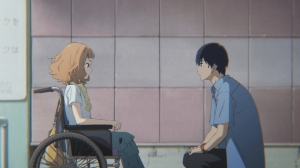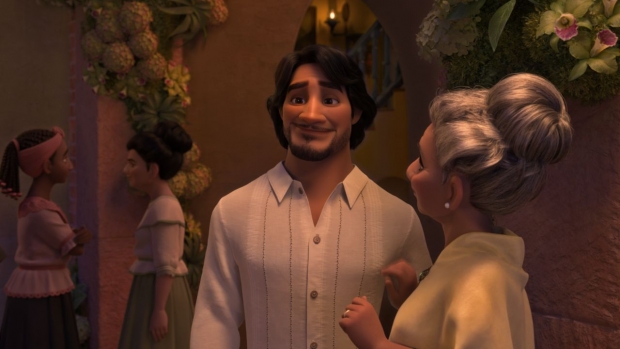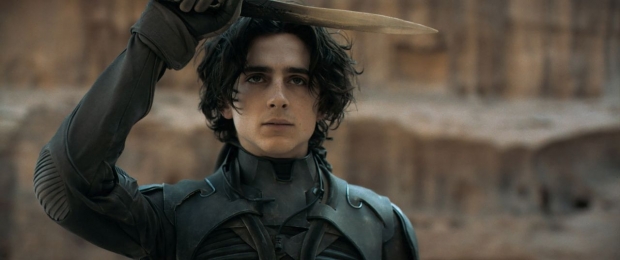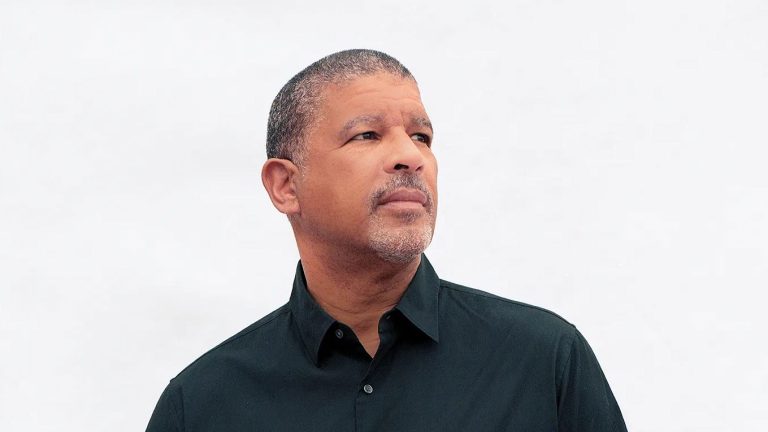“Since wheelchairs move by turning their wheels, they can only move like they’re on rails,” Tamura explains. “However, the person riding can freely turn to look this way or that. It’s extremely difficult to make people and wheelchairs move simultaneously in hand-drawn animation because they move in totally different ways. Scenes where someone is struggling or flailing while riding a moving wheelchair are so incredibly difficult that they make the animators want to scream, ‘Don’t make me do it!’”
He adds, “That said, it’s great if people can watch [Josee, the Tiger and the Fish] without too much effort. I’d be happy if they can enjoy it as entertainment, not as some kind of morality play. It is just a love story, after all.”
“Josee, the Tiger and the Fish,” says Tamura. “The book was written in 1984. Just looking at the title, I couldn’t imagine what kind of story it would be. When I got curious and started reading, I realized it was a short story that wasn’t even 30 pages long. Still, it really leaves an impact and makes you wonder about what happens to the two protagonists after that. More than anything else, I thought the Josee character was really appealing. I had a hunch this would become a really interesting project if we took this story, restructured it to fit the current day, and turned it into a feature-length anime film.”
And a big part of that passion came from a love for the story’s character Josee, one of the first protagonists in a romance anime to use a wheelchair.
Josee, the Tiger and the Fish could be a turning point for anime romance and inclusivity in the industry and the stories that are told through it. Tamura says he can only hope his film has that kind of an impact. “I would be pleased and honored if that happens,” says the director. “This has been called a ‘typical love story’ by some, but that usually means a romance about able-bodied people. A romantic anime film like this, with a lead character in a wheelchair, just didn’t exist until now. I’ve received a lot of feedback since release. I was really impressed that most of it related to the viewers themselves. I think a lot of people saw the story overlapping with their own lives.”
Recently released on DVD, Tamura’s film was an Audience Award Winner at the Kotatsu Japanese Animation Festival 2021 and was nominated for an Annecy International Animation Film Festival award, the 44th Japan Academy Film Prize for Animation of the Year, and Best Animated Film at the 75th Mainichi Film Awards. Now, Josee, the Tiger and the Fish is up for Oscar consideration.
While these miraculous healing themes in anime make for a dramatic cinematic experience, it wasn’t a trope Tamura was a fan of, nor was it one he wanted to repeat in his film.
“It was my first movie as director, but our large staff all came together to make it happen,” says Tamura. “I think you can see their passion come through in the film itself, and that’s why it received so much praise.”
Tamura had served as director on a number of anime television series, from Noragami to Negima!? Magister Negi Magi; he originally had no desire to make a feature film before being both inspired by the films of acclaimed director Mamoru Hosoda and being approached by Kadokawa to make anime film versions of their literary stories. And the lack of representation for individuals with disabilities in anime was also not something the director had given much thought to before embarking on Josee’s story.
“There are very few anime with protagonists that use wheelchairs,” notes Tamura. “If I had to think of one famous character in a wheelchair that really left an impression on me, I’d have to go back to Clara from Isao Takahata’s TV series, Heidi, Girl of the Alps. Clara isn’t the lead character though, and at the end of the show she’s even able to walk on her own. Actually, most anime main characters who start in wheelchairs are able to walk at the end of the story.”
Tamura also hopes Josee’s character changes the way individuals with disabilities view their own stories. “There are many live-action stories that deal with people in wheelchairs, but I feel like those usually tend to show things in a dark or depressing light,” he notes. “While I think those sorts of stories have their place, it would be great if we also start to see more animated and live-action stories with characters in wheelchairs that are positive and uplifting.”
He was searching through literary works from Japanese media conglomerate Kadokawa Corporation, looking to find inspiration for his first anime film. That’s when he stumbled across, what he describes, as a rather unusual title.
Originally written by Seiko Tanabe, Josee, the Tiger and the Fish tells of a love story between college student and avid diver Tsuneo Suzukawa and a young woman named Kumiko Yamamura, who is a gifted artist and a wheelchair user. In the beginning, in an effort to earn money to study abroad in Mexico, Tsuneo takes a job as a care provider to Kumiko, who insists on being called “Josee.” The two don’t get off on the right foot, with Josee having an innate distrust of Tsuneo and Tsuneo seeing Josee as a cruel slave driver.
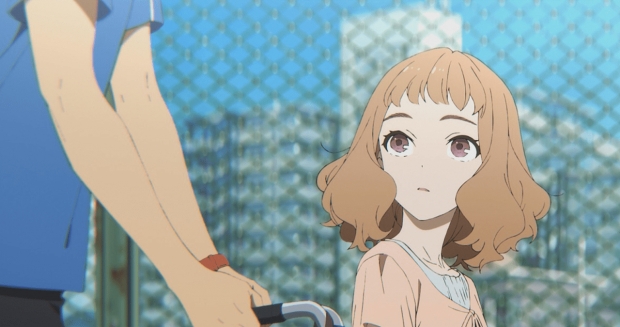
For Kotaro Tamura – who made his feature film directorial debut in 2020 with studio Bones’ brave and compelling Josee, the Tiger and the Fish (Joze to Tora to Sakanatachi) – it began as simple curiosity, but eventually grew into an unexpectedly emotional production that might have just changed the game for romance anime.
Victoria Davis is a full-time, freelance journalist and part-time Otaku with an affinity for all things anime. She’s reported on numerous stories from activist news to entertainment. Find more about her work at victoriadavisdepiction.com.
He continues, “Ultimately, we used 3D computer graphics or hand-drawn animation depending on the shot, and in some parts used 3D/CG as a guide and drew it by hand. We were only able to pull that off because it was a feature film. The animators’ contributions harmonized with my intentions for direction perfectly and added to the movie in unmeasurable ways. And we could take the time and put more work into it than in a TV series.”
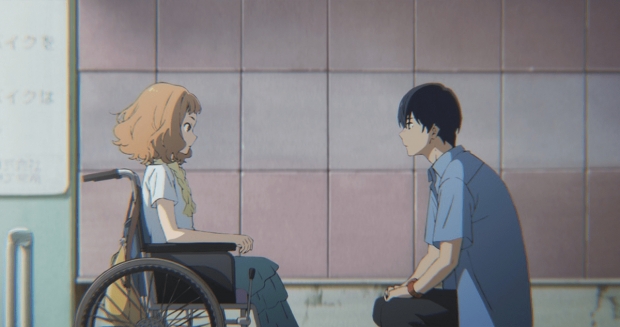
But when Tsuneo learns of Josee’s love for the ocean and indulges her impulsive urge to go to the beach for the first time and taste the salt water, the two form a bond that eventually leads to romance, Tsuneo encouraging Josee to try new things and Josee discovering confidence and talent hidden inside herself. But, when sudden tragedy shatters Josee’s self-esteem and shows Tsuneo that he may not have ever understood what it truly means to have a disability, it will take much more than trips to the beach to get back the joy Tsuneo and Josee feel they’ve lost.
For Tamura and the rest of the team behind Josee, the animation was as equally important as the narrative when accurately portraying someone in a wheelchair. Working with character animator Haruko Iizuka, the initial character designs of Nao Emoto and screen layouts from Toshihiro Kawamoto, Tamura says that, even amid the detailed underwater diving sequences, it was Josee and her wheelchair that not only posed the biggest animation challenge, but were the visuals everyone was most determined to get right.
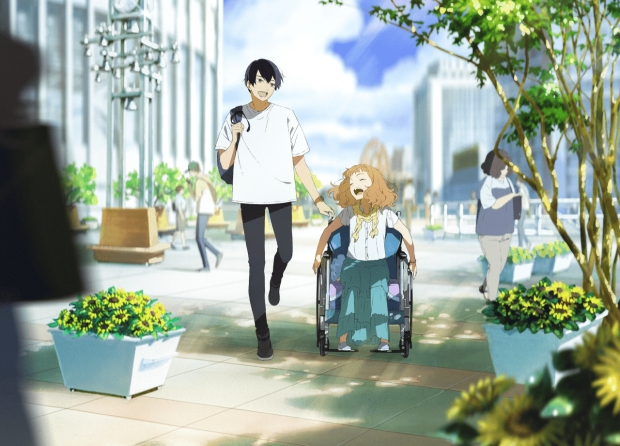
“Since all of those stories show characters gaining happiness once they overcome their handicaps, it makes it seem like people with incurable handicaps will always be essentially unhappy,” he explains. “That idea doesn’t sit well with me. We should also have some characters who are born unable to walk, and are still in a wheelchair at the end of the story. In that sense, Josee really contributes to the diversity of characters in anime. That is very meaningful for me.”
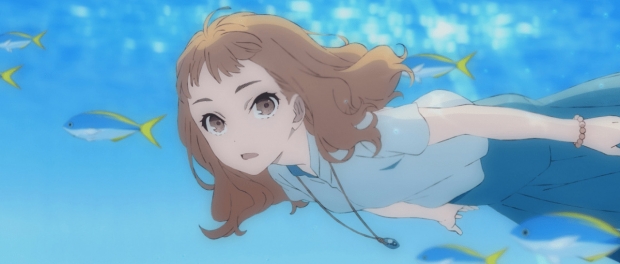
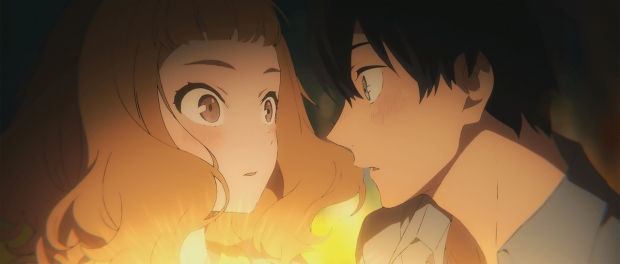

“I’d never really thought about the story or these themes before starting to work on the movie,” says Tamura. “I gained many new experiences and realizations through the process. In that sense, it was more like the story chose me, rather than me choosing it. I really hope the viewers found me to be a decent storyteller.”
